Throughout summer 2026, Kew Gardens will welcome a once-in-a-generation presentation of artworks by Henry Moore, one of the most influential and internationally recognised artists of the 20th century. Opening in May 2026, Henry Moore: Monumental Nature represents the largest and most comprehensive showcase of Moore’s work to date, featuring 30 works across Kew’s landscape and inside the iconic Temperate House, the largest surviving Victorian glasshouse in the world.
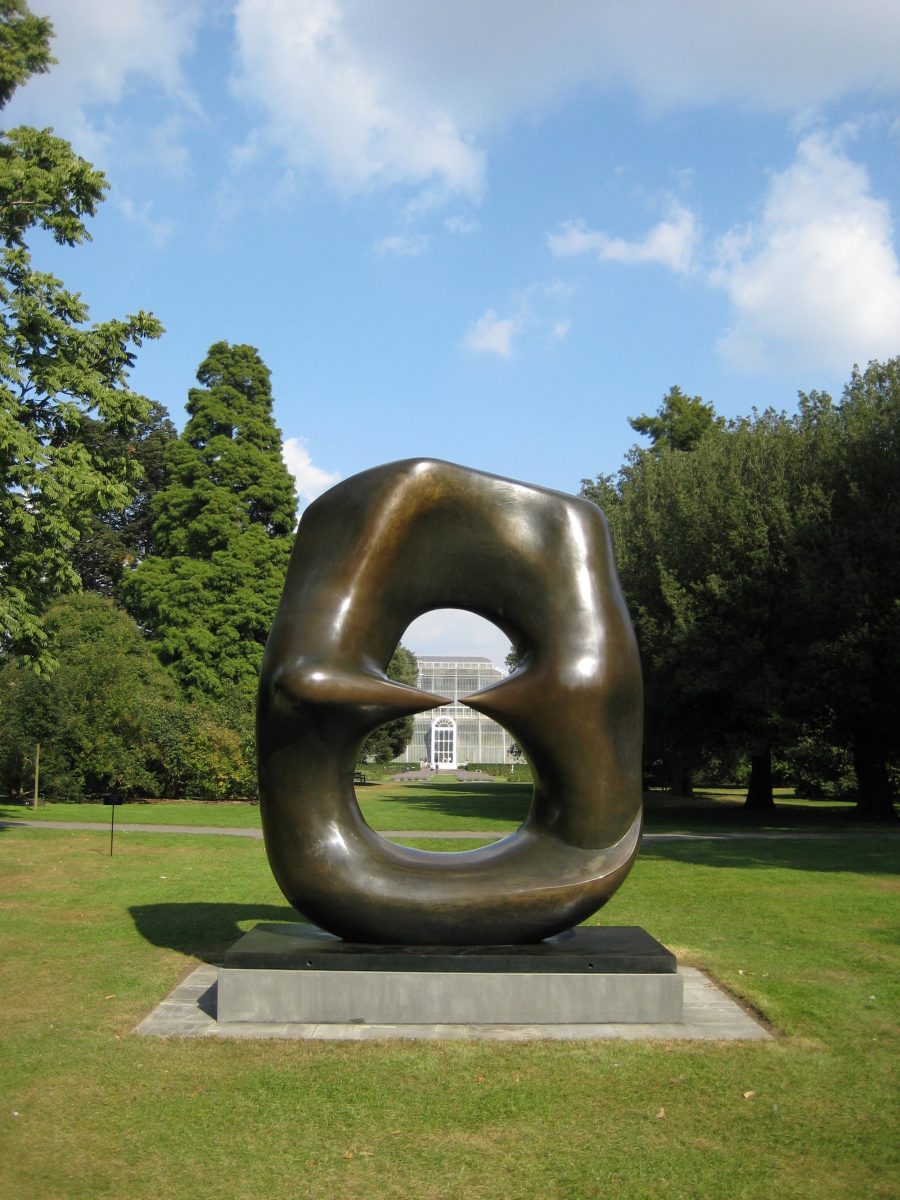

“Moore’s deep affinity with the natural world makes Kew and Wakehurst ideal settings for his work. Throughout his career, he was inspired by organic forms—bones, stones, trees, and the rhythms of the landscape—and he believed that sculpture should exist in harmony with its surroundings. The Henry Moore Foundation has a long-standing relationship with Kew, and this exhibition builds on that connection in bold and exciting ways. By presenting his sculptures across both Kew and Wakehurst, we’re offering a fresh perspective on Moore’s legacy—one that invites visitors to reflect on nature, humanity, and the environment at a time when those themes feel more urgent and relevant than ever.”
Sebastiano Barassi, Head of Henry Moore Collections & Programmes,
A world-first exhibition


This major exhibition, the largest of its kind on Moore anywhere in the world, will offer a fresh perspective on Moore’s lifelong engagement with natural forms and materials, creating new opportunities for visitors to encounter his monumental sculptures within the context of Kew’s iconic vistas and historic glasshouses. Throughout Moore’s career, this connection to nature remained a constant theme, reflected in his ability to transform its complexity and beauty into abstract forms that feel profoundly human. Moore believed that landscapes provided the perfect setting for his sculptures, where the natural architecture of the environment could amplify their visual and emotional impact.
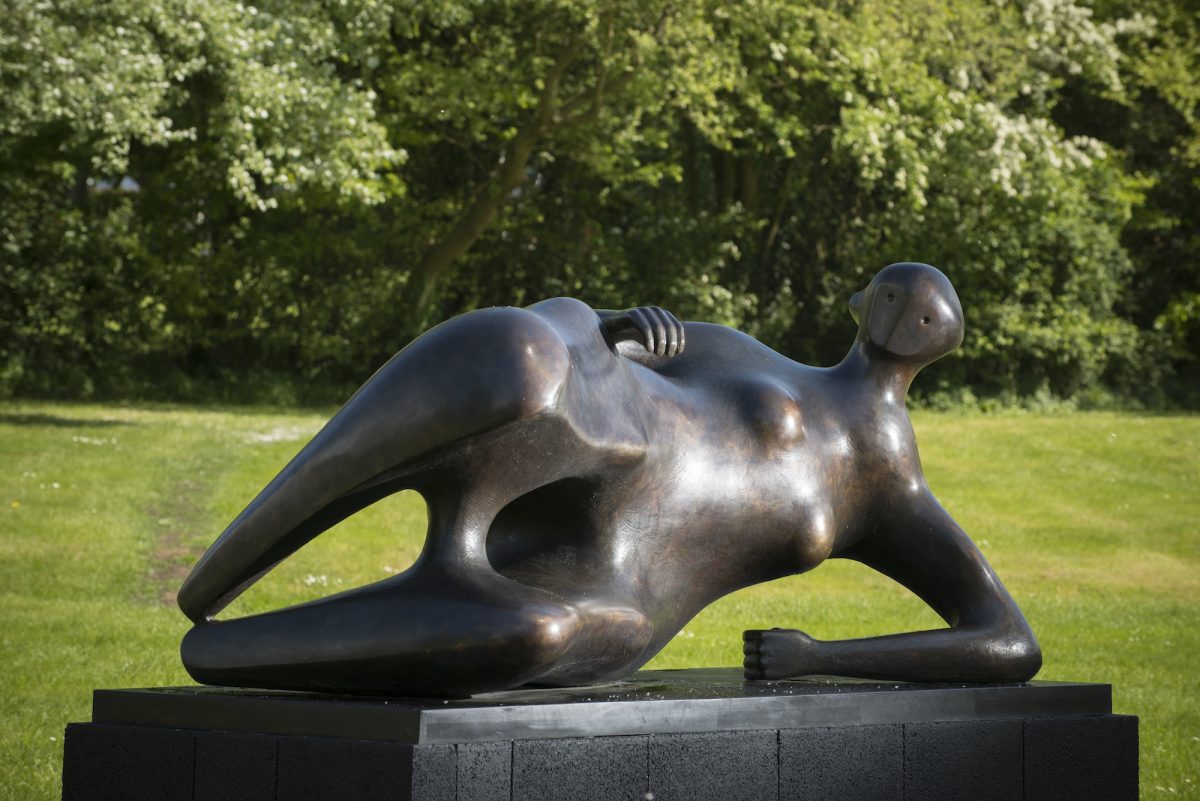

Situating this remarkable body of work amongst Kew’s heritage landscapes and living collections, Monumental Nature will celebrate Moore’s profound connection to ecology, creating a unique interplay between art and the surrounding landscape. In turn, visitors are encouraged to reflect on how they perceive and interact with the natural world. Works on display will include Large Two Forms, Oval with Points, Reclining Woman: Elbow, Locking Piece and Three Piece Sculpture: Vertebrae.
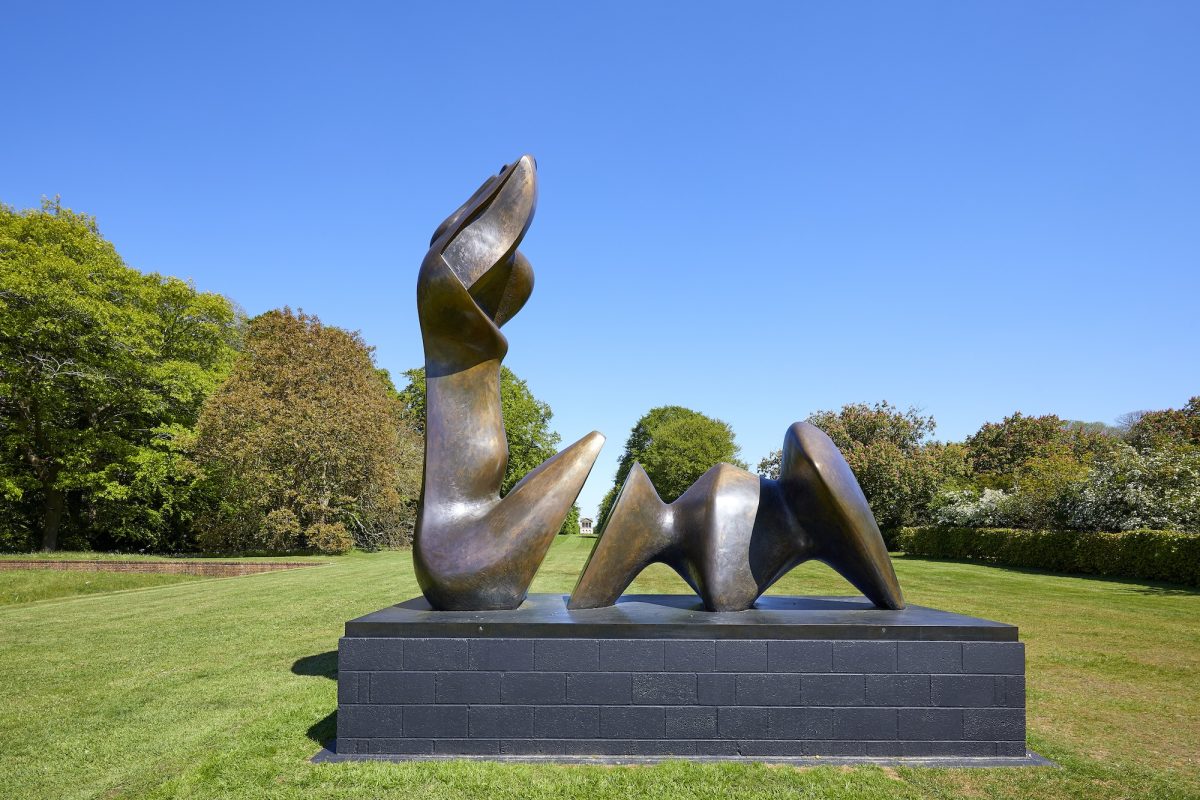

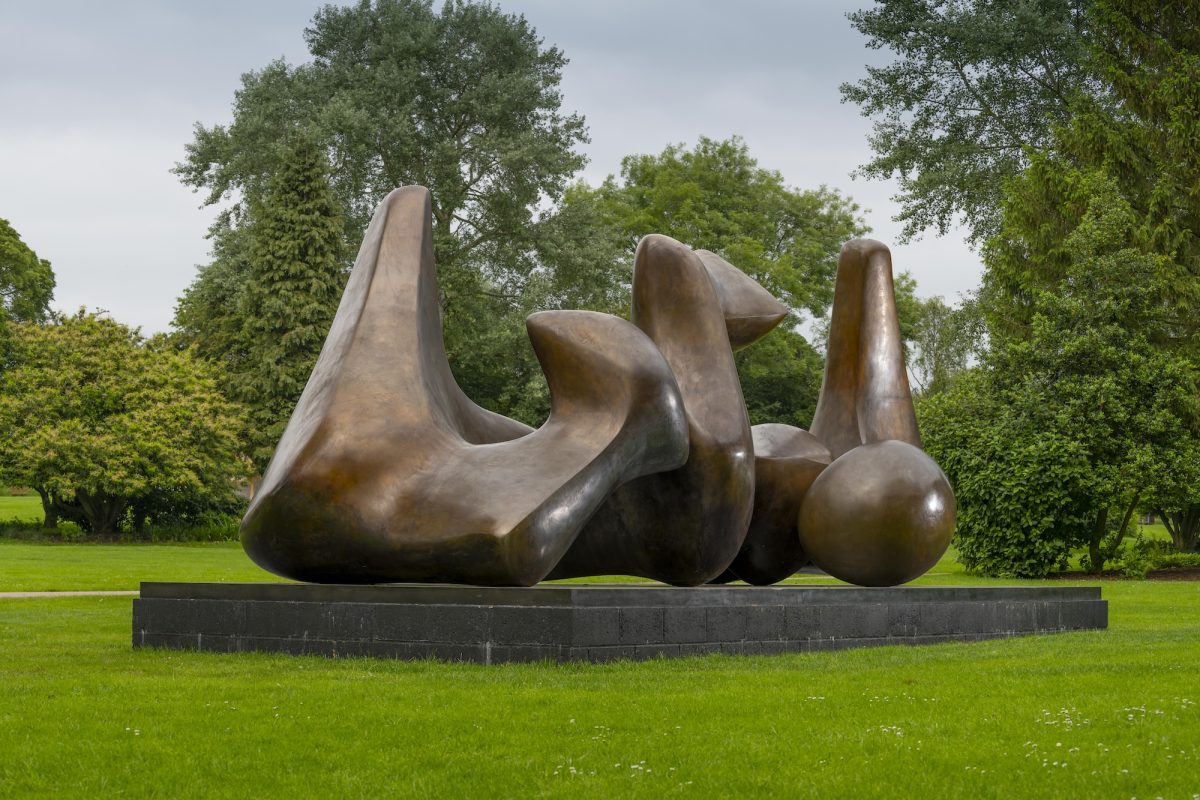

This new exhibition will also span Kew’s entire 320-acre site, in contrast to the 2007 presentation of Moore’s works in the Gardens, which was concentrated in a few specific areas.
Rarely Seen Works
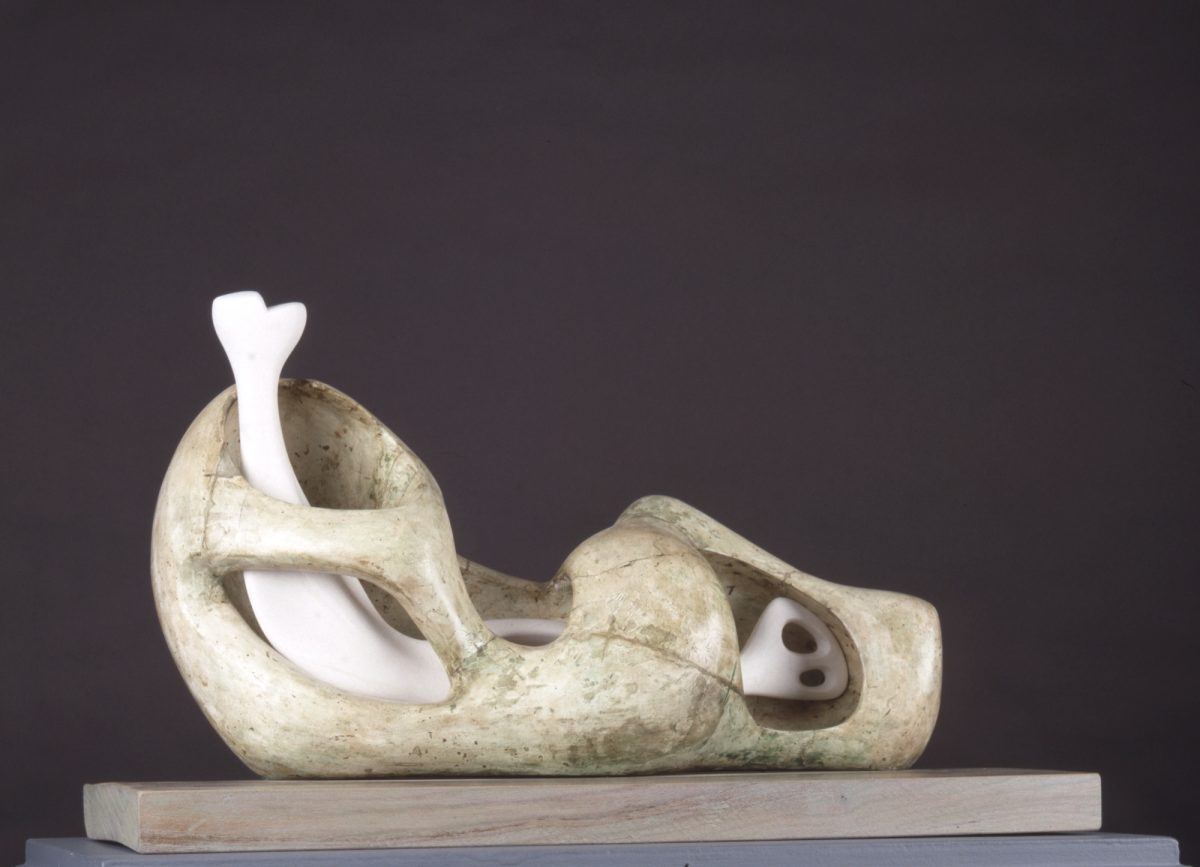

Monumental Nature will also encompass a comprehensive exhibition in Kew’s Shirley Sherwood Gallery of Botanical Art. This exhibition will feature over 90 works including bronzes, stone and wood carvings, prints and drawings, exploring Moore’s unique process of ‘thinking through nature’. Looking at Moore’s work in the context of today’s tandem climate and biodiversity crises, the gallery exhibition will explore his creative responses to the fragility of the natural world, and the role of humans within the complex ecosystems which connect all life on earth. Curated thematically, and drawing inspiration from Moore’s evolving approach to natural forms and the scientific innovations he witnessed during his lifetime, the exhibition will feature major and lesser-known works, some of which are rarely accessible to the public. The exhibition will culminate in a room showcasing some of Moore’s most impressive sculptures in wood, highlighting his innovative carving techniques. A selection of items from Kew’s collections will also be on display as part of the exhibition, alongside works on loan from major British collections including Tate and the Sainsbury Centre for Visual Arts.
The exhibition will be accompanied by a fully illustrated book published by Kew Publishing. Featuring contributions by curators, art historians and specialists of associated fields from the team at Kew, such as botanists and evolutionary biologists, this major new publication on Moore will present new viewpoints from which Moore’s work can be understood through a contemporary lens.
Henry Moore and more: contemporary responses at Wakehurst
Wakehurst, Kew’s wild botanic garden in Sussex, will host a parallel presentation of four of Moore’s sculptures, alongside newly commissioned pieces from contemporary artists, curated in partnership with the Henry Moore Institute. As part of Henry Moore and more, these artworks will continue the conversation of art and nature, drawing inspiration from the research being undertaken as part of Wakehurst’s Nature Unlocked programme. Complimenting Moore’s sculptures, their works will illuminate the many ways in which artists respond to nature, evoking themes of care and protection, with a particular focus on the stewardship and conservation of the natural world.
Moore’s works will remain at Wakehurst until 27th September 2026.
These landmark presentations at both Kew Gardens and Wakehurst will offer visitors a journey through the beauty and rich variety of Moore’s work, exploring his exceptional output across sculpture, drawing and print, and showcasing how the themes explored in his body of work continues to inspire artists today. Using the natural landscapes of these spectacular botanic gardens as a unique canvas, these tandem presentations offer an extraordinary opportunity for visitors of all ages to encounter Moore’s work as never before.
“We’re delighted to be bringing four of Moore’s sculptures to Wakehurst as part of Henry Moore and more. The opportunity to commission and display new contemporary pieces from pioneering artists in collaboration with the Henry Moore Institute also allows us a fantastic opportunity to connect Moore’s key motifs of care and connection with the leading lights of contemporary art practice. This in turn reflects the vital work which we do at Wakehurst, not only in terms of managing and researching an incredible array of landscapes and natural habitats, but also through the vital work of our Millennium Seed Bank, which stands as a potent symbol of caring for and conserving the natural world.”
Eva Owen, Programme Manager at Wakehurst,
Exhibitions will be included in a ticket to Kew Gardens/Wakehurst.
About
The Henry Moore Foundation was founded by the artist and his family in 1977 to encourage public appreciation of the visual arts. Today it supports innovative sculpture projects, devises an imaginative programme of exhibitions and research worldwide, and preserves the legacy of Moore himself: one of the great sculptors of the twentieth century, who did so much to bring the art form to a wider audience. A registered charity, we award grants to arts organisations around the world, with a mission to bring great sculpture to as many people as possible.
Henry Moore Studios & Gardens is the former home and workplace of sculptor Henry Moore (1898–1986). From 1940 until his death in 1986, Moore lived and worked in rural Hertfordshire where he acquired over 70 acres of land and set up various studios, creating the ideal environment in which he could make and display his work and cater to an international demand for exhibitions. Now open to the public, the Henry Moore Studios & Gardens offers a unique insight into the artist’s working practice and showcases a large selection of Moore’s sculptures in the landscape in which they were created. It is home to the Henry Moore Archive, one of the largest single-artist archives in the world.
Henry Moore Institute welcomes everyone to visit their galleries, research library and archive of sculptors’ papers to experience, enjoy and research sculpture from around the world. The newly refurbished Institute can be found in the centre of Leeds, the city where Henry Moore (1898–1986) began his training as a sculptor. Their changing programme of historical, modern and contemporary exhibitions and events encourage thinking about what sculpture is, how it is made and the artists who make it. As part of the Henry Moore Foundation, they are a hub for sculpture, connecting a global network of artists and scholars, continuing research into the art form and ensuring that sculpture is accessible and celebrated by a wide audience.
For more information about the Henry Moore Foundation, its two venues in Hertfordshire and Leeds, as well as the philanthropic and educational work carried out by the Henry Moore Grants and Research programmes, visit henry-moore.org

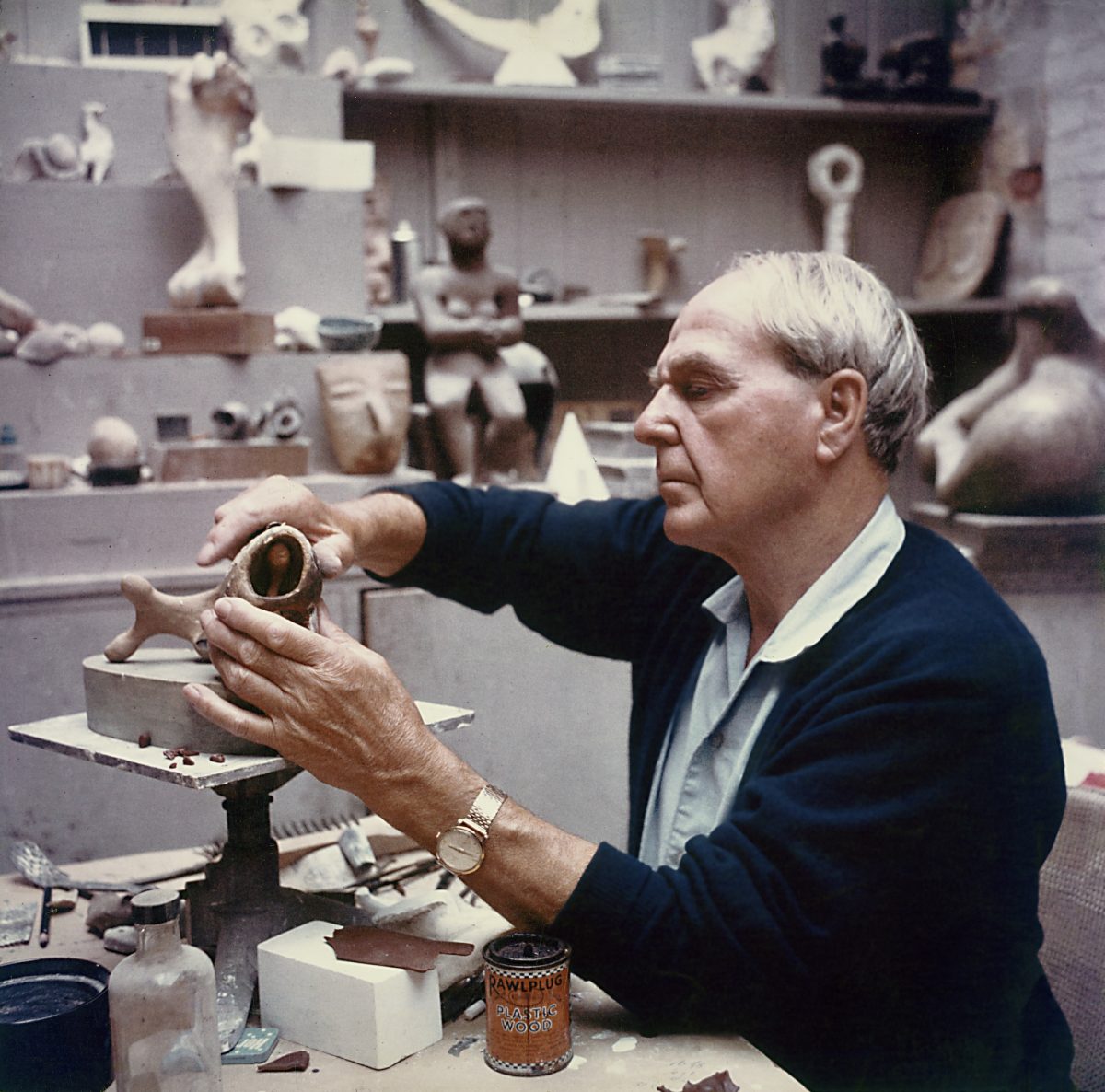


No Comment! Be the first one.